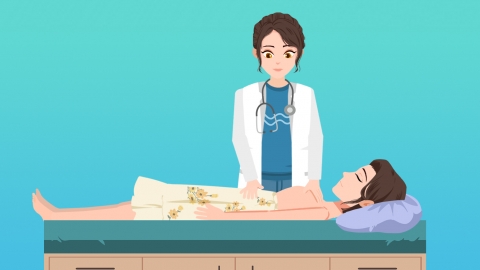How can a woman's breasts become larger?
Generally, methods such as dietary regulation, massage stimulation, physical exercise, autologous fat transfer, and breast implants can help increase breast size in women.

1. Dietary Regulation
Increasing intake of protein-rich foods helps maintain the elasticity of chest muscles and breast tissue. Consuming foods rich in phytoestrogens, such as kudzu root powder and soy products, can mimic the nourishing effects of estrogen on the breasts. Dietary adjustments need to be maintained long-term for gradual results.
2. Massage Stimulation
Pressing acupoints along the chest meridians, such as the Rugen (ST-18) and Shanzhong (CV-17) points, and appropriate massage can stimulate blood circulation in the mammary glands and promote meridian畅通 (free flow). Long-term consistent massage improves blood and nutrient supply to the breasts, helping to improve breast laxity and making the breasts firmer.
3. Physical Exercise
Performing suitable fitness exercises, such as push-ups, or using dumbbells to do fly motions can help. Lying flat on a workout bench, holding dumbbells with both hands, opening them out to the sides and then bringing them together. These exercises strengthen the pectoral muscles, and as the muscles develop, the breasts will appear more uplifted.
4. Autologous Fat Transfer
Autologous fat transfer involves extracting fat from areas of the body with excess fat, processing it specially, and then injecting it into the breasts. The general reference cost for autologous fat transfer is 5,000–30,000 yuan per session, with visible improvement typically seen within 1–3 months. This method carries risks such as fat nodules and infection.
5. Breast Implants
Implant-based breast augmentation involves making an incision in a relatively concealed location on the chest and inserting silicone or saline implants beneath the mammary gland or within the pectoralis major muscle layer to increase breast size. The general reference cost for breast implants is 40,000–80,000 yuan per session, with visible improvement typically seen within 3–6 months. Possible risks include capsular contracture and infection.
It is recommended to maintain healthy eating and sleeping habits, consume balanced nutrition, and engage in regular physical activity, which is beneficial for overall health.






